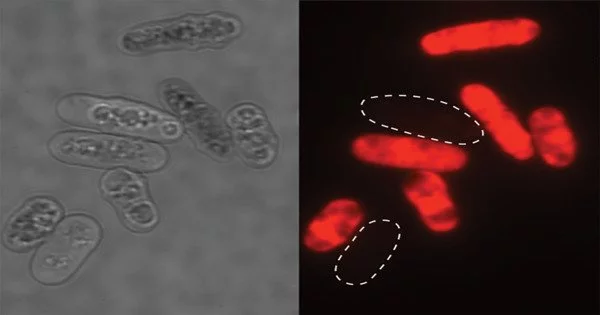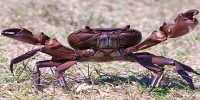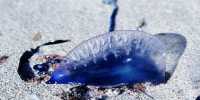Yeast is not the simple single-celled microorganism we once thought it was, but a competitive killer. When yeast is starved of glucose, it produces a toxin that poisons any other microorganisms that enter its environment, including its own clones. This venomous phenomenon was previously unknown and contributes to our understanding of unicellular microorganism behavior, the evolution of unicellular to multicellular organisms, and has potentially useful applications in the food industry.
During the pandemic, bread baking became a popular new hobby, and you’ll probably find a small packet of dried yeast stashed away in many a kitchen cupboard. For thousands of years, this little living fungus has been a staple of our diet, allowing us to enjoy fluffy bread, sweet wine, and frothy beer. Until recently, yeast was thought to be a simple unicellular (single cell) microorganism, but researchers at the University of Tokyo have discovered it has a murderous survival strategy.
“In the critical survival situation of glucose starvation, yeasts release toxins into their habitat that kill other microorganisms while the yeast itself acquires resistance,” explained Assistant Professor Tetsuhiro Hatakeyama from the Graduate School of Arts and Sciences.
We have called this phenomenon latecomer killing. In the critical survival situation of glucose starvation, yeasts release toxins into their habitat that kill other microorganisms while the yeast itself acquires resistance.
Asst. Prof. Tetsuhiro Hatakeyama
Although cooperative forms of behavior are well known in many bacteria and fungi, this study is the first to show that competitiveness occurs in clonal cells in unicellular organisms. This has important implications for our understanding of microorganism ecology, as well as why some microorganisms grow during fermentation while others do not.
To make this discovery, the researchers grew clonal cells (derived from the same parental cell) separately under glucose-limited and glucose-rich conditions. When the cells were combined, their growth patterns revealed that yeast cells that had already adapted to glucose deprivation were able to poison latecomers while retaining food resources for themselves.

“Our research reveals a surprisingly selfish side to yeast behavior,” said Hatakeyama. “The phenomenon we discovered is similar to a thought experiment proposed by the ancient Greek philosopher Carneades of Cyrene, called the plank of Carneades: If a sailor escapes from a shipwreck by holding on to a plank that is capable of supporting barely one person, and then pushes away another sailor who comes after him, will he be charged with murder?”
According to the researchers, this strategy may help yeast avoid population starvation while also assisting in the selection of toxin-producing offspring who are more likely to continue their lineage. The strategy was observed in several different types of yeast, initially from beer, bread, and wine, suggesting that this phenomenon may occur more widely across this diverse species.
This discovery has the potential to lead to the development of useful growth control mechanisms for economically important yeast species, such as those used in the food industry. Although not included in this study, it could pave the way for better control of yeast types that can harm human and animal health. The team would next like to explore the implications of this discovery for cell evolution.
“Not only mutual activation of cellular growth, but also mutual inhibition of cellular growth or programmed cell death in clonal cells is required for the development of multicellular organisms,” Hatakeyama explained.
“Fungi are known to make a more rapid evolutionary transition from unicellularity to multicellularity than other organisms, so we’d like to investigate the link between latecomer killing and the evolution of multicellular organisms. We hope that this research will contribute significantly to our understanding of ecosystem development and evolutionary transitions.”
















